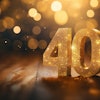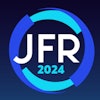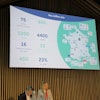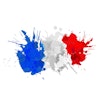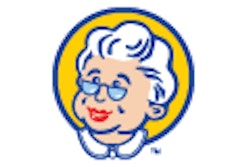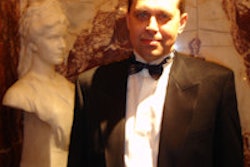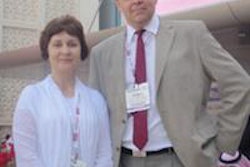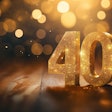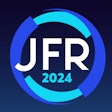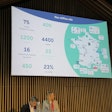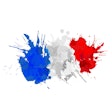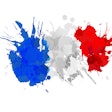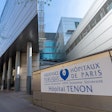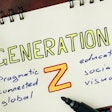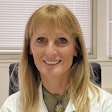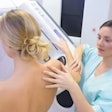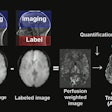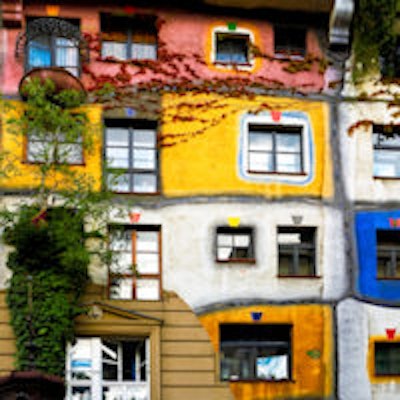
ECR 2014, which begins on 6 March, is the 20th ECR to be held in Vienna. Four European radiologists, including three members of AuntMinnieEurope.com's editorial advisory board, reflect on their first ECR, why they keep returning, and what changes they have observed, and also reveal their hidden or forgotten gems from Vienna.
Dr. Soraya Robinson, radiologist, Diagnose Zentrum Urania, Vienna
 Dr. Soraya Robinson.
Dr. Soraya Robinson.I think my first ECR must have been in 1991, when it was still held only every second year. It was the achievement of the head of the department of the University Hospital in Vienna and my former boss, the late Dr. Herbert Pokieser, who jointly with Dr. Josef Lissner, brought the ECR to Vienna and kept it here. He also unified many small x-ray units to one big department with subsections, when the University Hospital of Vienna moved from its old premises (established by Empress Maria Theresa's son Joseph II) to the new location.
Having been at the beginning of my training, I was just overwhelmed by all the areas to study and dig into, but was nonetheless encouraged by my teachers to attend. Consequently, the opening ceremony moderated by Marcel Prawy with Vienna Boys' Choir and ballet has stuck in my mind more than any professional lecture.
The congress has grown tremendously and is not only attended by European radiologists. It attracts people from all continents and gives many options for exchange and comparison, both in terms of imaging, but also socially. Fortunately, the organization has been able to cope with the growth. While categorical courses and refresher courses used to be offered in the early morning and late afternoon with scientific sessions in between, nowadays many different types of lectures are scheduled, thus giving one the opportunity to learn and rehearse for daily practice throughout the day, or rather keep to scientific sessions to hear, what's happening "at the researchers' front."
I was happy to see when fruit and water distribution was started and can only hope to see stalls selling freshly squeezed fruit juices and maybe even farmers offering local bacon and cheese!
Especially when one is involved in a subspecialty like head and neck radiology, as I am, one tends to visit rather a lot of courses and conferences in this area over the years. While this is of course great to deepen one's special field, the ECR gives a great opportunity to "hop" between areas and attend lectures of many different fields. It is a unique opportunity to listen to so many experienced speakers, keen researchers, talented radiologists, skilled physicians, etc. -- all of them somehow manage to tackle routine work, science, family life, and friendships at the same time as also enjoying life, while we can. Each conference is a boost to one's level of energy and one hopes to be able to apply as many modifications useful for patients as routine work constraints allows.
If somebody has visited the ECR for the umpteenth time, has seen most of the normal sights, and would like to have some fresh air after all the hours inside the Austria Center, then they could take a tram (no. 43) from Schottentor to stroll through Neuwaldegger Schlosspark or Türkenschanzpark (tram no. 41). Another possibility would be to take a tram line no. 36 from Schottentor to Grinzing and stroll up through Himmelgasse to Cobenzl and further to Kahlenberg and even Leopoldsberg to take in the view across the vineyards and the Danube.
Dr. Endre Szabó, radiologist, Szeged, Hungary
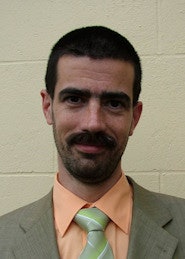 Dr. Endre Szabó.
Dr. Endre Szabó.My first ECR was probably in 1997, and I have attended since on every occasion. The first time I was lost, and I knew no one. I basically went home like a zombie, not knowing what had happened in the past couple of days, and despite all of this I knew that I was part of something important, hence the rigorous attendance at subsequent congresses. Now I know many of the attendees, and I still find lectures that change my everyday practice or others that show me how little I know of certain parts of our beautiful profession. So the plan is to carry on.
My favorite city is Vienna, with its special flavor. I just love to sit and look around on a public transport vehicle. I do not think it is fair and possible to pick one site, but if I have to it would be the works of Hundertwasser. Readers, please locate them!
Dr. Christiane Nyhsen, consultant radiologist, Sunderland Royal Hospital, U.K.
 Dr. Christiane Nyhsen.
Dr. Christiane Nyhsen.I attended my first ECR exactly 10 years ago in 2004 -- as the new U.K. trainee representative to the junior forum (since then renamed RTF). It was great to get to know so many trainees from other European countries -- some of whom I am still very good friends with today! The congress has of course grown enormously since with perfect organization from the very efficient and always friendly ESR office staff.
One of my little favorite treats when I come to Vienna is stopping at a bakery to get a Punschkrapfen. Although not really my favorite color (too pink, but therefore easy to spot), the rum-chocolate center is delicious!
Dr. Anagha Parkar, radiologist, Haraldsplass Diakonale Sykehus, Bergen, Norway
 Dr. Anagha Parkar.
Dr. Anagha Parkar.My first ECR was in 2003. It was the first year they had electronic posters, or EPOS. This was at the time a very radical idea. Why electronic presentations, instead of actual posters? I did not quite understand how new this was until I attended a subspecialty congress and saw people dragging huge tubes with them on board the aircraft. EPOS was announced and advertised everywhere with huge posters with a motive from Crete. One could earn CME (Continuing Medical Education) points by logging on and reading them on site -- something that is no longer possible after EPOS became available all year around.
The congress center was also very intimidating. As with anyone who attends for the first time, I was very confused by the building, constantly getting lost, often taking the long route to a lecture room by mistake. Good exercise to work off all the Viennese food, I suppose. The one lecture I do remember very well from that first year was MRI of the prostate with Dr. Jelle Barentsz from the Netherlands. I was a trainee in my second year, so the topic was way above my head, but the images were so fantastic and the lecturer so enthusiastic, I was totally in awe. MRI spectroscopy, which seems so mundane now, was the new tool in MRI.
I remember the congress itself was much smaller than recent years, fewer sessions to choose from, which actually was a blessing in a way because it meant less stress. Also, the ECR party was nice. The themes of the ECR parties in those days followed the ECR president, so in 2003 there was Greek food and entertainment.
Of course these days it is all so big, and the ECR party is only a dancing party (no food). I do miss the food and the formal bit of the ECR party. The growth of the ECR has changed that social event, unfortunately. I will miss it this year. But the good thing about the ECR, which is also why I keep coming back, is as a general radiologist I get to catch up on several fields at the same time. Subspecialty meetings are obviously important and good too, but only in Vienna do I meet old international colleagues and friends, who are in completely different subspecialties.
But Vienna is not all work. Over the years I have visited many of the sights and tourist attractions. My favorite is the Hundertwasserhaus along the canal slightly east of the city center. I like the architecture and this crazy house is very different from the formal "Secession" style in Viennese architecture. So if you have any spare time, it's worth the effort to get there.
